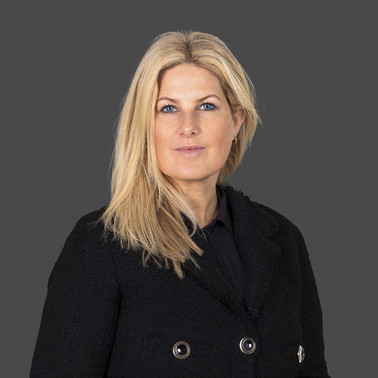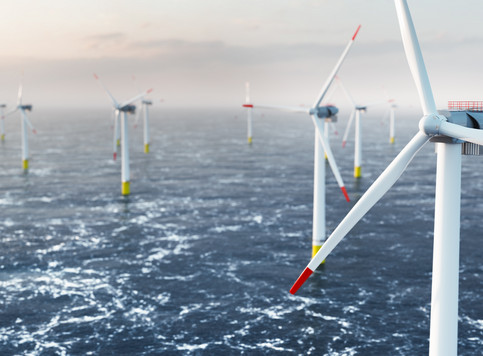Update on regulatory framework for floating offshore wind – Norway
Background and public consultation round – allocation of areas (Vestavind B and Vestavind F)
On 28 June 2024, the Norwegian Ministry of Energy (Ministry) submitted a public consultation note on the support scheme for floating offshore wind within the areas “Vestavind B” and “Vestavind F” (incl. Utsira Nord (UN)) in line with ESA’s CEEAG guidelines. As set out in our previous newsletters on floating offshore wind within UN, the UN licensing process has been subject to delays due to clarifications of the proposed Norwegian state aid scheme. Per date, the Ministry expects that the UN competition will take place in 2025.
With this public consultation, the Ministry maintains its view that the two-step model based on qualitative criteria is still the most suitable allocation model for large-scale floating offshore wind, including for the abovementioned areas. The two-step model comprises:
(i) competition for development rights; and
(ii) a subsequent competition for support from the Norwegian State.
The competition is proposed carried out in line with section 2-3 of the Ocean Energy Act, allowing areas to be allocated to participants based on objective and non-discriminatory conditions. The Ministry will assess the participants based on the following main criteria: cost level, innovation/technology development, ability to implement, as well as how the projects contribute to sustainability and positive spin-offs. The participants with highest score on points will be allocated with project areas and a time-limited period to complete a project- specific impact assessment, including to apply for a license for production plant(s), cf. section 2-3 (4) of the Ocean Energy Act.
The Ministry is of the opinion that the requirement on open competition is taken care of since the competition is open for all floating offshore wind projects.
Since the floating offshore wind technology is considered as immature compared to bottom-fixed technology and the cost level is high and uncertain, NVE has, not surprisingly, adjusted the cost level upwards.
Competition on state aid support
Participants being allocated project areas will have the opportunity to compete for state aid. And the grant competition will be carried out after a maturation period.
Thus, rights to a project area will be a pre-requisite for applying for state aid.
The Ministry is considering two options for implementing the grant competition; (1) a joint support competition for all allocated project areas within Vestavind B and Vestavind F, and (2) carry out two separate support competitions. The first competition will be for the project areas allocated within UN. A state aid competition at a later stage will be carried out for remaining project areas, as well as any project(s) that do not win in the first state aid competition. Not all projects can obtain support.
Further, the Ministry is considering two different mechanisms for specifying the overall framework for the support competition, including; (A) to state in the announcement the number of projects that can obtain support in the state aid competition (i.e. X of Y assigned project areas will receive support). The number of projects receiving support will be determined based on the total budget for state aid support in the competition, and a cap will be set on how much state aid each individual project can receive, and (B) to specify a financial framework for the competition in the announcement.
In practice this means that state aid will be given for a number of MW instead of a given number of projects.
Under option 1) above, all project areas will compete for the overall financial framework. Under option 2) the total frame must be divided between the two support competitions.
Participants not receiving any support can apply for extended exclusive rights to the area, cf. section 11 of the Ocean Energy Act Regulation. The Ministry is considering whether projects not receiving support should be given the opportunity to participate in any subsequent state aid support competitions.
A map prepared by NVE of the areas being included in the state aid support is included below (source NVE):

Support instrument
According to the consultation note, the Ministry is proposing two different support instruments; (i) bilateral contract for difference (CfD), contract price to be determined through bids in the auction process (if lower power price than in the CfD the State will cover the difference), or (ii) investment support (Capex).
Deadline
The deadline for input to the public consultation round, including specific queries set out in the consultation note, is set to 23 August 2024.
To read more about the consultation note, please see link to the Government’s web page: Høring av støtteordning for flytende havvind i Vestavind B og Vestavind F - regjeringen.no



